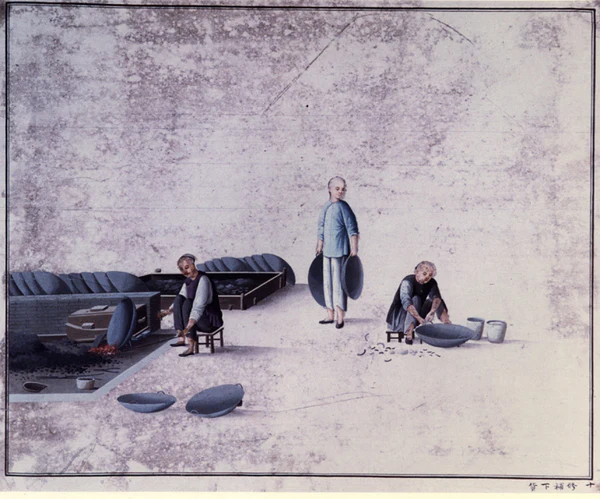The Incredible Power of Oil & Steel
There is Teflon in your bloodstream.1
Dupont knew about the toxicity of their chemicals since as far back as 1976, and to this day fight responsibility for their part in creating a ubiqitous chemical that does not naturally deteriorate. 2
The chemicals used in the production of Teflon (PFOAs and PFOs) were finally deemed toxic enough that DuPont, and the 13 other producers of it, don’t make it anymore - and have replaced it with New Teflon, and new chemicals. They claim these new chemicals are safe, despite the larger scientific body calling this into question3. To quote these scientists directly:
“Whenever possible, avoid products containing, or manufactured using, PFASs. These include many products that are stain-resistant, waterproof or nonstick.”
Without a doubt, using old teflon is comprimising your long-term health and the worldwide environment - Teflon is not just found in every human being on the planet, in some dosage, but every fish and mammal as well. New Teflon is still under research and speculation to its health effects - but I ask you this - do you trust DuPont chemical corporation to do the right thing if its toxic as well?
And yet, Teflon remains ubiquitous in our homes and kitchens. Much like the early days of “discovering” tobacco companies were covering up the long term health damage of their products, people are skeptical to the danger of Teflon, and moving slowly. In a way, we’re addicted to the convenience - in spite of the fact that the usefulness of a Teflon pan is nothing more then a parlour trick.
Oil and Steel
The reality is, every pan is nonstick, if prepared and used properly. Teflon pans simply reinforce bad habits around your cooking - mainly using too low of temperatures to cook dishes effectively.
If you are wondering why your egg sticks in a steel pan, your pan was too cold. Here’s the steps:
- Heat up the pan until it is so hot, a drop of water dances around the pan - but not so hot it immediately evaporates.
- Drop the temperature to medium-low, and add a cold oil of your choice. Crack your eggs one by one into the pan. Cook for 3-5 minutes.
- Flip when you want to flip them. Remove and serve.
But even if Stainless Steel remains intimidating as a cooking surface, alternatives remain. The current zeitgeist has turned towards cast iron, which when treated properly - and this step is far easier then people act like it is - is completely non-stick and able to handle any of your cooking needs.
The counterpoint to using Cast Iron is multifold - one, that they are too heavy to cook dexterously with (flipping pancakes, omelettes, and such), and two that they are expensive - much more so then a Teflon pan, I admit.
This is where carbon steel enters the picture - long the back bone of commerical kitchens, carbon steel is the secret workhorse that makes a teflon-free kitchen as functional. Seasoned in the same way as cast iron, they are lightweight, easy to care for, and, critically, completely non-stick. 4
Best of all, they’re affordable. You can find them online for as low as $50, but the real tip is that restaurant supply stores frequently have broken cases (meaning they opened a bulk set for a client who only needed a few), and are likely selling the rest of the case at or near cost - I picked up my first pan this way for $30.
This is the strange truth of professional cookwear. The best stuff doesn’t have a consumer marketing department; they sell primarily to commercial kitchens who already know what the best stuff to use is - in this case carbon steel pans, because they’ve been using these pans for hundreds of years with no problem - literally, carbon steel woks have a lineage all the way back to Imperial China.

Notes
https://www.atsdr.cdc.gov/pfas/health-effects/us-population.html ↩︎
https://www.nytimes.com/2016/01/10/magazine/the-lawyer-who-became-duponts-worst-nightmare.html?unlocked_article_code=1.qE0.udVh.XqXwMpAFjqFx&smid=url-share ↩︎
As long as you are heating it hot enough, which, seriously, I cannot stress enough you should be doing. ↩︎
Comments